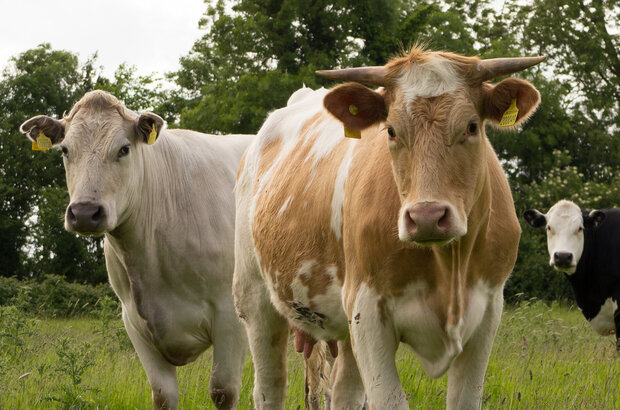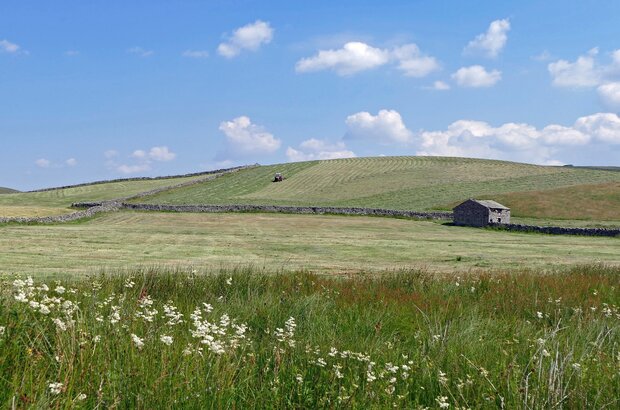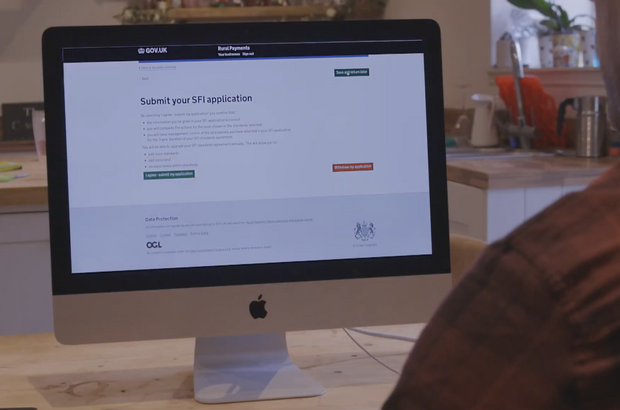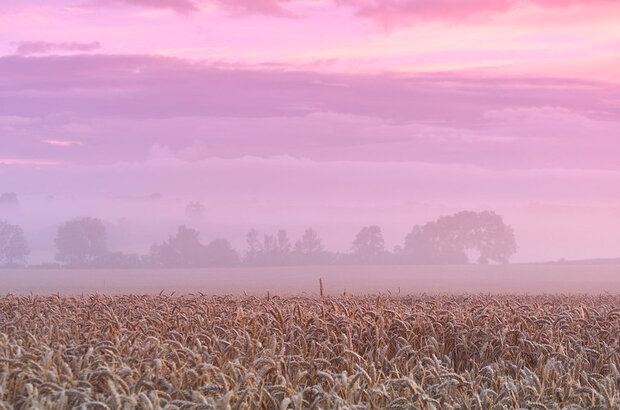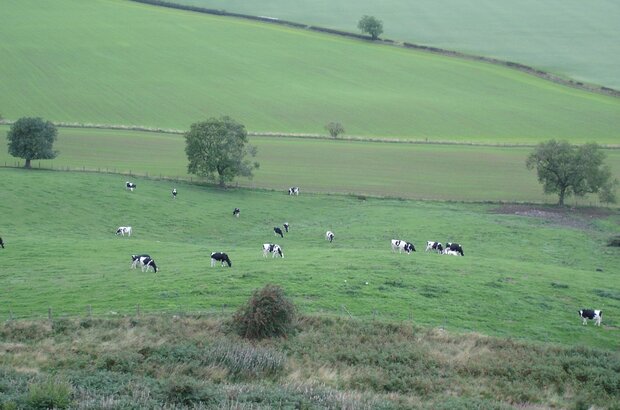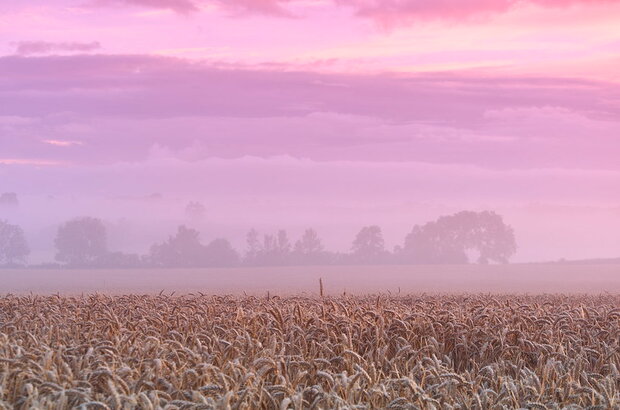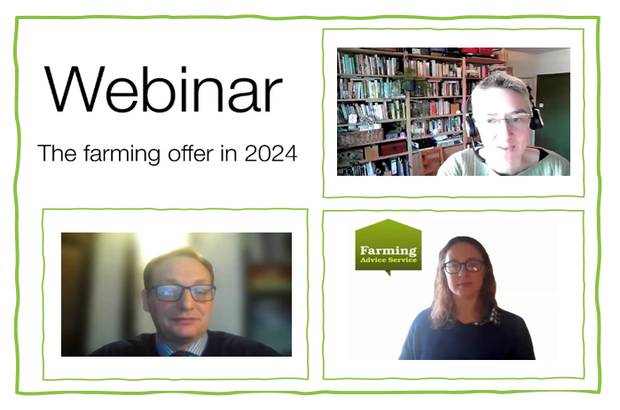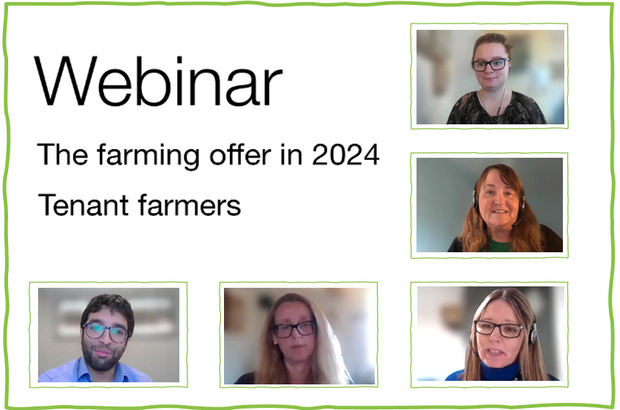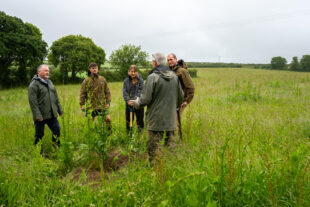We recently held a webinar for livestock and grassland farmers in England. In the webinar, we gave an overview of the Sustainable Farming Incentive (SFI) offer and how the scheme supports both productivity and the environment. We also covered the Animal Health and Welfare Pathway and the grants on offer through the Farming Equipment and Technology Fund. In this post, we summarise what we covered and include the recording and links for you to learn more.
Since we opened the Sustainable Farming Incentive (SFI) for applications, we’ve continued to refine the scheme. One of the things we’ve been monitoring is the impact of those actions which take land out of food production. In this post, we’ll explain why we’re putting area limits on some SFI actions.
When you apply for the Sustainable Farming Incentive (SFI), we want your experience to be smooth and we want to offer you as much flexibility as possible. In this post, we’ll set out what you can do and what we’re doing to make the process of applying as straightforward as it can be, so you can join the 14,000 other farmers, growers and land managers who've already applied.
On Thursday 29 February, we held a webinar for arable and field horticulture growers in England. In this post, I’ll share the recording and summarise the themes that emerged in the questions and I’ll set out the best ways for you to get answers.
On Wednesday 27 March, we’re holding a webinar for upland farmers to learn more about the funding opportunities available in England in 2024. You can register for the webinar in this post.
On Thursday 14 March, we’re holding a webinar for livestock and grassland farmers to learn more about the funding opportunities available in England in 2024. A link to register for the webinar is included in this post.
On Thursday 29 February, we held a webinar for arable and field horticulture growers in England. In this post, we share the recording to the webinar.
On Friday 26 January, we held a webinar for farmers to go through the actions and payments available through our environmental land management schemes in 2024. This webinar was held in collaboration with the Farming Advice Service (FAS) and The Farming Forum (TFF). In this post, I’ll summarise the themes and top-voted questions covered in the webinar with responses and links to guidance.
In this episode of the Defra Farming podcast, regional engagement lead Michael Sturla talks to Robin and Christopher Milton. The father and son team farm beef and sheep on the Exmoor uplands and have a Sustainable Farming Incentive (SFI) agreement. They describe their experience applying for an agreement, the actions they're undertaking and the benefits.
On Thursday 8 February, we hosted a webinar for tenant farmers. In the session, we gave an overview of the actions and payments available through our environmental land management schemes in 2024. This post includes the recording of the webinar.
